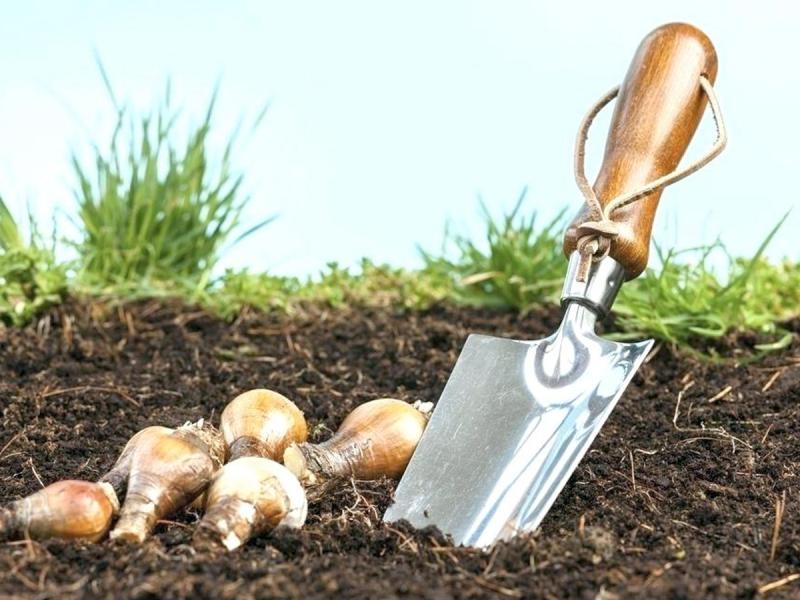While we associate George Washington as the face of the $1 bill, the first such currency showed a different look. In 1862, Secretary of the Treasury Salmon P. Chase chose himself to be the face of American currency, only being replaced in 1869 by George Washington.
There are many unconventional uses of the dollar bill: If you fold it up tightly, you can pry the cap off any bottle. For fun, balance a quarter on the side of a dollar bill. Fold the bill in half, and then slowly unfold it with the quarter still resting on it.
A dollar isn't what it used to be, at least not the same size. When first printed in 1862, the one-dollar bills measured 7.4 inches long. Today, $1 bills are 6.1 inches long, and this makes them ideal to use in the garden as an impromptu measuring tool.
Fall is upon us, and it is time to plant bulbs. Because next year's flowers are already formed inside the bulb, almost everyone can plant bulbs this fall and have a great display next year. And here is where our dollar bill comes in. All flowers look best clustered in large groups. If you plant too few bulbs per square foot of garden, the resulting flower show sputters rather than dazzles. A simple rule for large bulbs such as tulips or daffodils is to plant at least one bulb every six inches, or the length of a dollar bill.
Plant your spring-blooming bulbs as soon as the soil is cool, when it drops to between 40 and 50 degrees F. This will be about six to eight weeks before the ground freezes solid. Before planting bulbs, you will first want to dig in compost or peat moss to lighten heavy soil. Plant bulbs where the soil drains well, and avoid any spot that collects water or stays soggy. Choose a garden area in full sun, which can include spots under deciduous trees that don't leaf out until after the bulbs bloom.
You can fertilize with an organic slow-release fertilizer. Many gardeners dig in bonemeal to provide calcium and phosphorus. Even though phosphorus is already in the soil, your bulbs usually need more than is naturally there.
Plant each bulb two to three times its own depth. Be sure you cover each bulb with at least three inches of soil.
Daffodils do best spaced three to six inches apart, or a half dollar bill to a full dollar bill apart. Smaller bulbs need to be planted even closer. You can plant crocus as close as three inches apart, or the width of three U.S. quarters, which are conveniently 0.955 inches across.
On the other hand, large bulbs such as alliums need to be planted deeper and farther apart. Set the large bulbs six to eight inches deep and eight to 10 inches apart. That's a dollar and two or three quarters apart. Be sure with all bulbs that you plant them with the pointed tip up, and the flat side or bottom of the bulb that will grow the roots facing down.
Use a $1 bill and a quarter coin to measure in the garden when you don't have a ruler, and your flower beds will be showstoppers next year. On that you can bet your bottom dollar.



















































